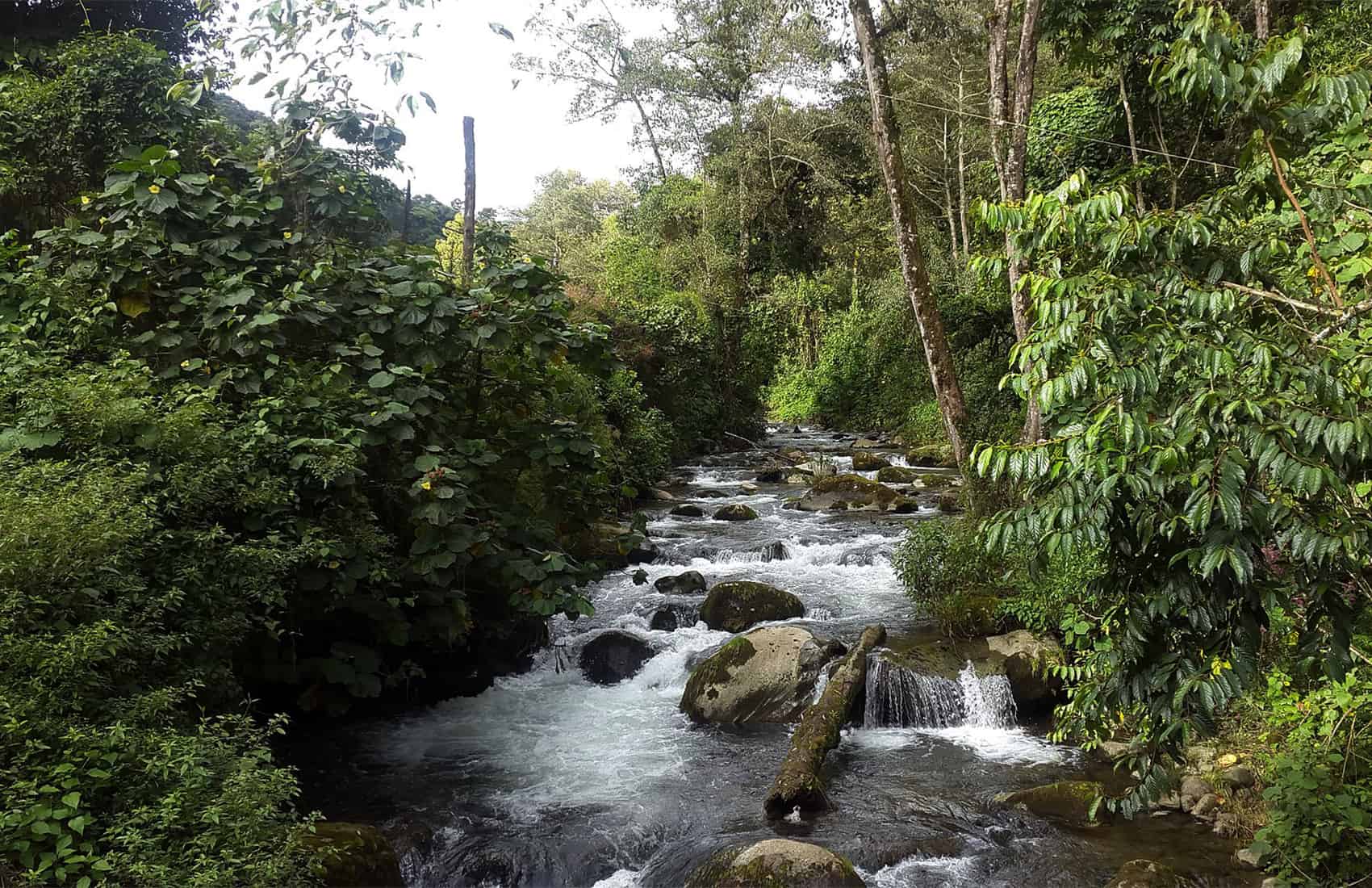UNESCO’s International Coordinating Council of the Man and the Biosphere Programme, which is meeting this week in Paris, added Costa Rica’s Savegre Reserve to its World Network of Biosphere Reserves, along with 22 other reserves in other countries.
Located in the Central Pacific, Savegre is home to incredible biodiversity. According to the National System of Conservation Areas (SINAC), it has 20 percent of Costa Rica’s flora, 54 percent of the country’s mammals, and 59 percent of birds.
The territory, now the Savegre Biosphere Reserve, spans 312,914 hectares, and is also home to some 50,000 people. They subsist primarily on agriculture, livestock and fishing. Eco-tourism, as well as sustainable aquaculture businesses, have gained momentum in recent years in the region.
President Luis Guillermo Solís in 2015 signed an executive decree banning dams from the Savegre River for 25 years.
According to SINAC, the Savegre Biosphere Reserve territory includes seven protected areas: Manuel Antonio National Park, Cerro Nara Protected Area, Portalón Wildlife Refuge, Hacienda Barú Wildlife Refuge, Los Santos Forest Reserve, Quetzales National Park and Cerro Vueltas Biological Reserve.
Fourth Biosphere Reserve
Savegre’s new designation brings the number of UNESCO’s Biosphere Reserves in Costa Rica to four. However, this is the first to include coastal marine areas, consisting of sections of Manuel Antonio National Park in the Pacific province of Puntarenas.
Costa Rica’s previously named UNESCO Biosphere Reserves include La Amistad National Park, named in 1982; the Central Volcanic Range, named in 1988; and the Agua y Paz Reserve in the Northern Zone, named in 2007.
Biosphere Reserves are learning territories for sustainable development that seek to reconcile biodiversity conservation and the sustainable use of natural resources. New sites are designated every year by the MAB Council, which is composed of representatives of 34 elected UNESCO Members.
The declaration of a Biosphere Reserve does not represent any substantial changes for the communities. It does not restrict people’s rights to the use of their lands, nor to the use of the area’s natural resources.
The government, however, must ensure that the reserve maintains all the characteristics that made the UNESCO designation possible.






